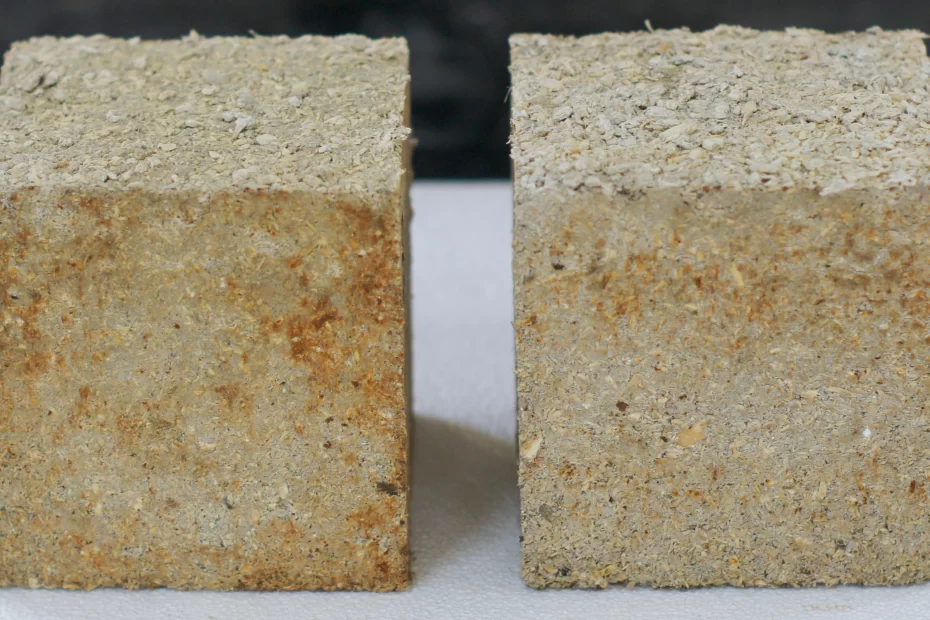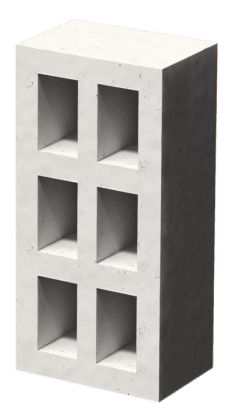[We write this short article as a tribute to Architect Revathi Kamath (1955 – 2020), the pioneer of mud architecture in India. We lack words to describe the loss of this stalwart who along with her late husband, Vasant Kamath, hosted our young founders with love and guided our innovations as gurus. Here’s a beautifully penned obituary on worldarchitecture.org which covers some of her works.]
Todays’ building materials and construction techniques have come a long way to suit industrialization, growing populations and market demand. However, materials and practices have, over time, become more synthetic, than sustainable, and directly emit about 40% of the global carbon emissions!
Whether it’s the lack of sleep, the YouTube algorithm or just curiosity, many of us have come across the videos featuring primitive construction in the wilderness with no modern tools or technology. While it overwhelms us with methods and end results, an interesting perspective from the lens of climate impact is often overlooked in such in content. This International Day of the World’s Indigenous Peoples, we cover some indigenous construction projects and practices from India to highlight material and process innovations that today’s built environment could learn from.
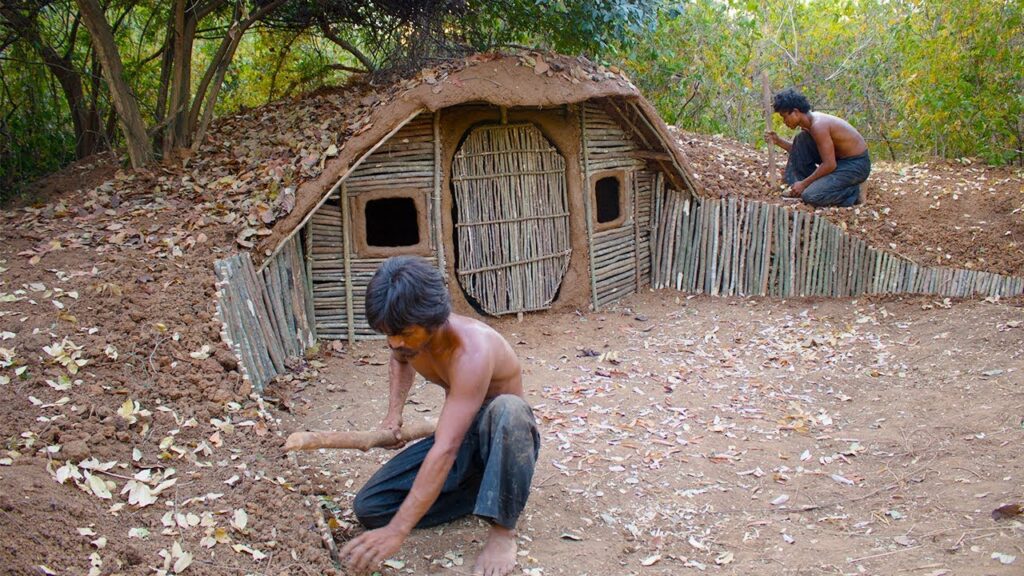
Like our diverse history that has panned various centuries, our built heritage too has fragmented to different regions to best suit the geographical challenges. Using locally available materials and understanding various aspects like temperature variations, structural requirements, security concerns, ventilation, water harvesting and even natural calamities, many constructions have remained sustainable while withstanding the test of time. Here are some indigenous examples from around the country:
1. Mud and Baked Mud-Blocks,
Indus Valley Civilization (3300 BCE to 1300 BCE)
In the last couple of decades, as archaeologists began to unearth the remains of artefacts and structures around the ancient cities of Mohenjo-Daro and Harappa, the large cities of this civilization and their innovation in materials and techniques became apparent. With a peak population of about 5 million people, urban centers had a mix of residential and commercial establishments made of baked mud blocks, mud and gypsum for mortar and plastering, and went upto 1 – 2 stories in height, while rural homes were primarily made of mud. Town planning was carried out meticulously with the usage of grid layouts, drainage systems and even appropriate walling around the exterior of towns to prevent flooding from the adjacent rivers.

While in the current day, the civilization ceases to exist, their constructions have long outlived the expected durations of such building materials and continue to leave us in awe of their scientific and technical advancements.
2. Construction using Nature,
Mawlynnong Village, Meghalaya
Diving about 2 hours south of Shillong will bring you to the cleanest village in Asia, Mawlynnong. Inhabited by about 100 families belonging to the Khasi tribes, these worshippers of nature have unique ways of constructing their built environments.
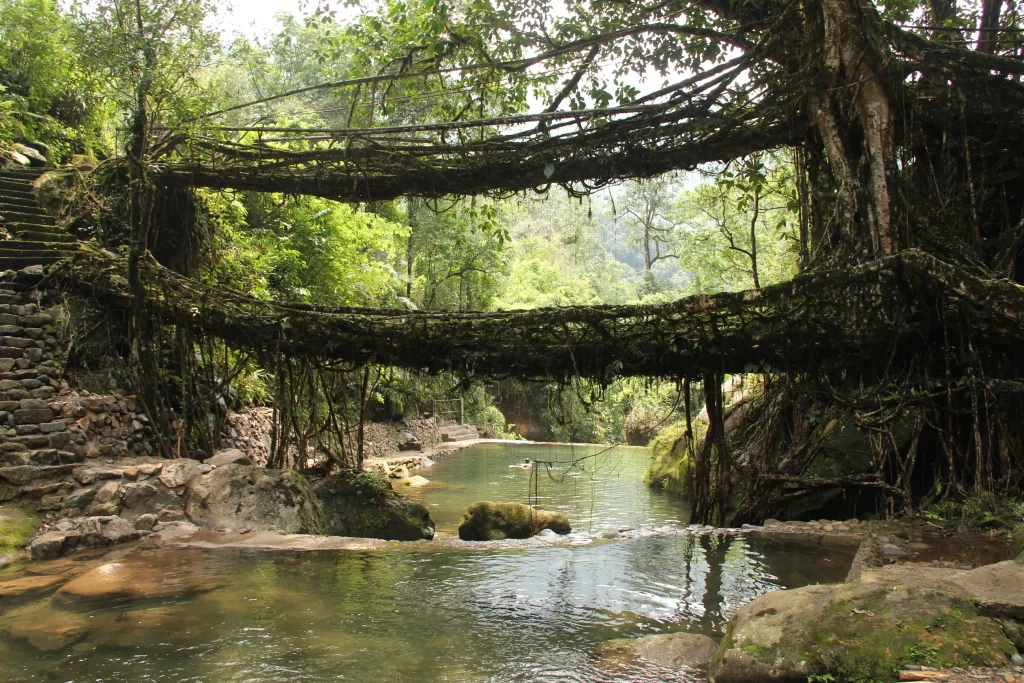
Using the aerial roots of rubber (Ficus Elastica), they control the growth of these trees to form living root bridges. Though this human-nature interplay can take about 10-15 years to execute, the trees intertwine, grow stronger with time and can last upto 500 years!
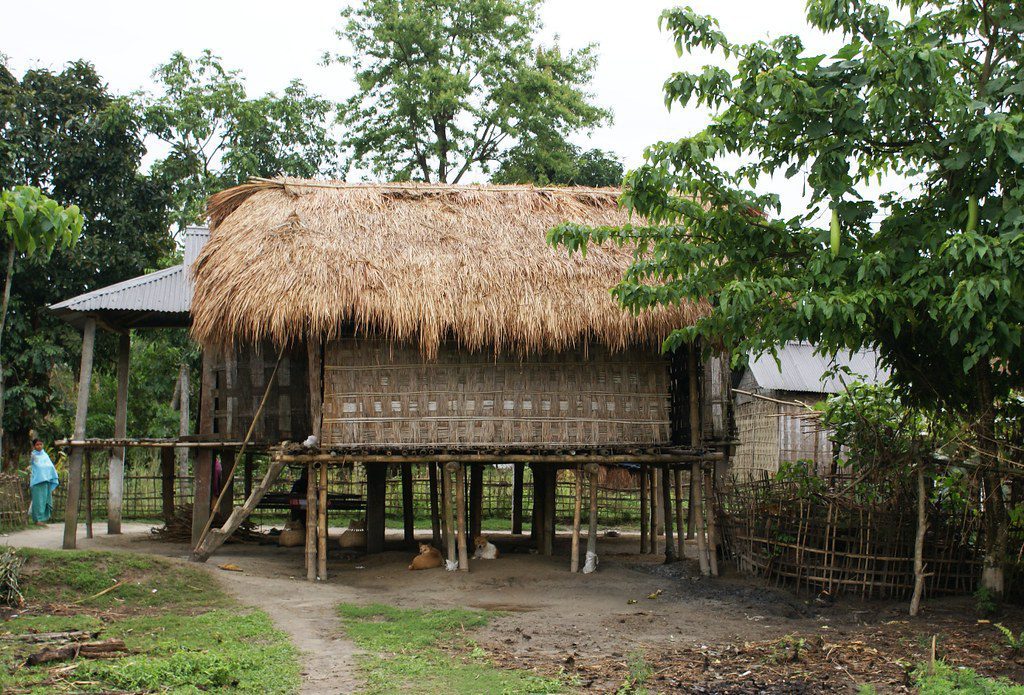
Residents of Mawlynnong construct their own homes using bamboo and prop these structures on bamboo stilts to save them from the severe monsoons in the region. Their lifestyle, their consumption and their construction together make their impact climate positive and these philosophies and techniques is taught to children from a very early age.
3. Timber, Bamboo and Thach,
North East India
Buildings of north-east India are constructed over varying topographies ranging from plains, to mountains and frequently flooding regions, all while having to withstand severe temperature variations.

Timber which forms an internal skeleton for the building and is placed along with bamboo for load bearing. Other ingredients which fill in are mud, cow-dung and mortar made with pounded paddy. These traditional materials are simple, easily available, light-weight, strong, thermally insulating and leave a long-lasting climate positive footprint. Thought is also put into design based on the direction of winds and the placement of the fireplace to optimise their ability to control internal temperatures.
4. Vernacular Architecture,
Rajasthan
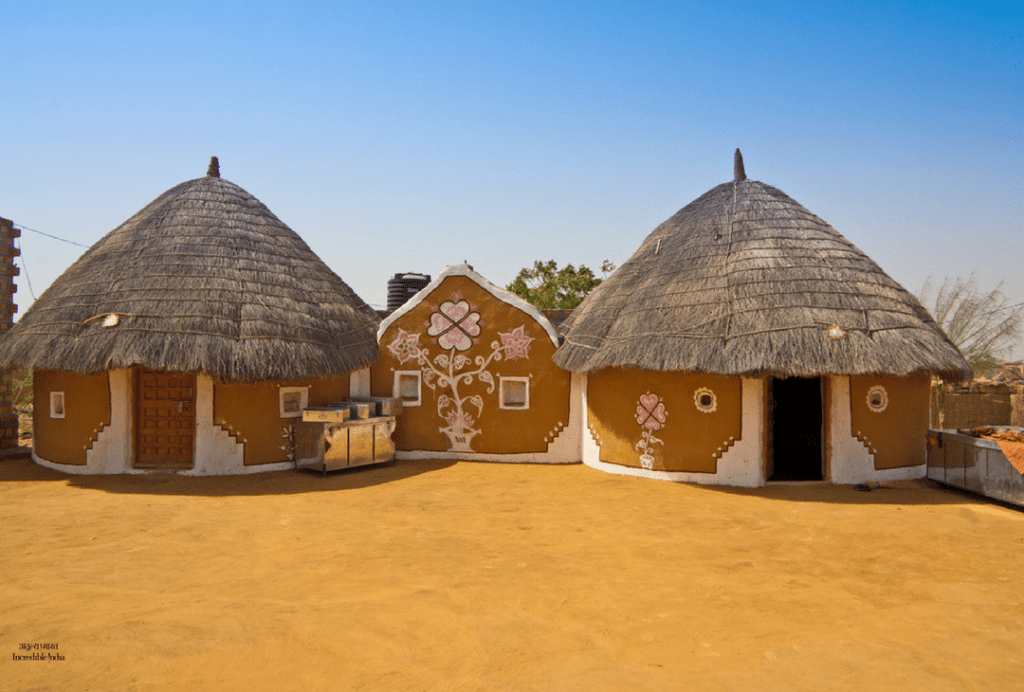
While modern construction has percolated into parts of rural India, a major challenge for end users is cost and sustainability due to un-planned modern construction and the lack of technical know-how. Despite traditional mud and thatched constructions being better suited for the desert dwellers, recent natural calamities like flash floods and earthquakes wiped out large parts of kuccha constructions in Rajasthan.
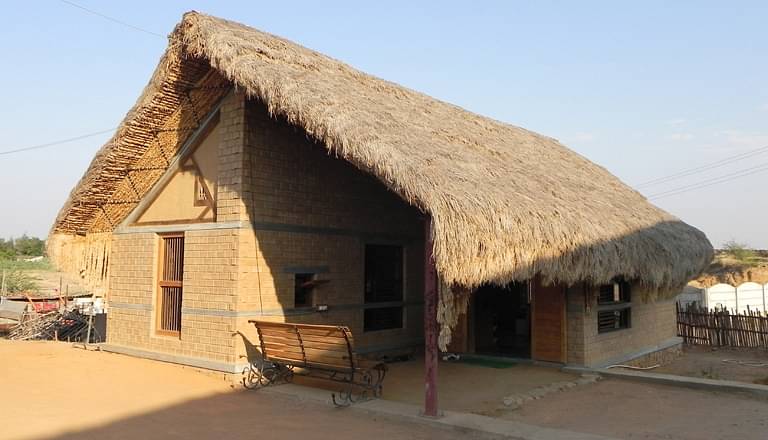
Hunnarshala, an organization that assisted the redevelopment of affected regions took an interesting approach to this problem by merging traditional knowledge of design with modern material technologies. They embarked on this endeavor by connecting with local builders and artisans from whom they studied design and with whom they re-built structurally sound homes, while keeping costs in check.
5. Kath-Khuni / Kath-Kuni Construction,
Himachal Pradesh
This form of traditional architecture, found in mountainous states of Himachal Pradesh and Uttarakhand, using long interlocking layers of think wooden logs and stone masonry, usually without using any mortar. Such construction which has been passed down through generations for centuries doesn’t overlook aspects of terrain, temperature, tradition, ecology or even potential seismic activity.
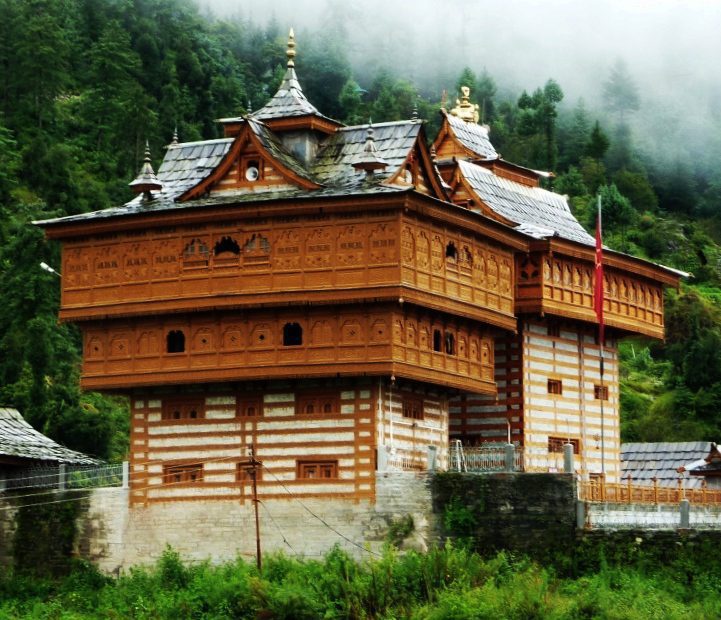
Granite is used in the foundation and walls, which are about 2 feet thick, are made of igneous rocks / stone and wood from deodar trees which are placed one-on-top of the other. Slate is used for roofing to allow sufficient waterproofing and to withstand the weight of snowfall during winters. Though modern construction has made it’s way into the mountains today, there are still many kath-khuni structures that still stand and highlight the benefits of such sustainable architectural traditions.
Conclusion
We hope this brief listicle motivates our readers to not just explore sustainable offerings by us at GreenJams, but go beyond, learn from the past, and continue to mould our built environment into a climate positive one!
